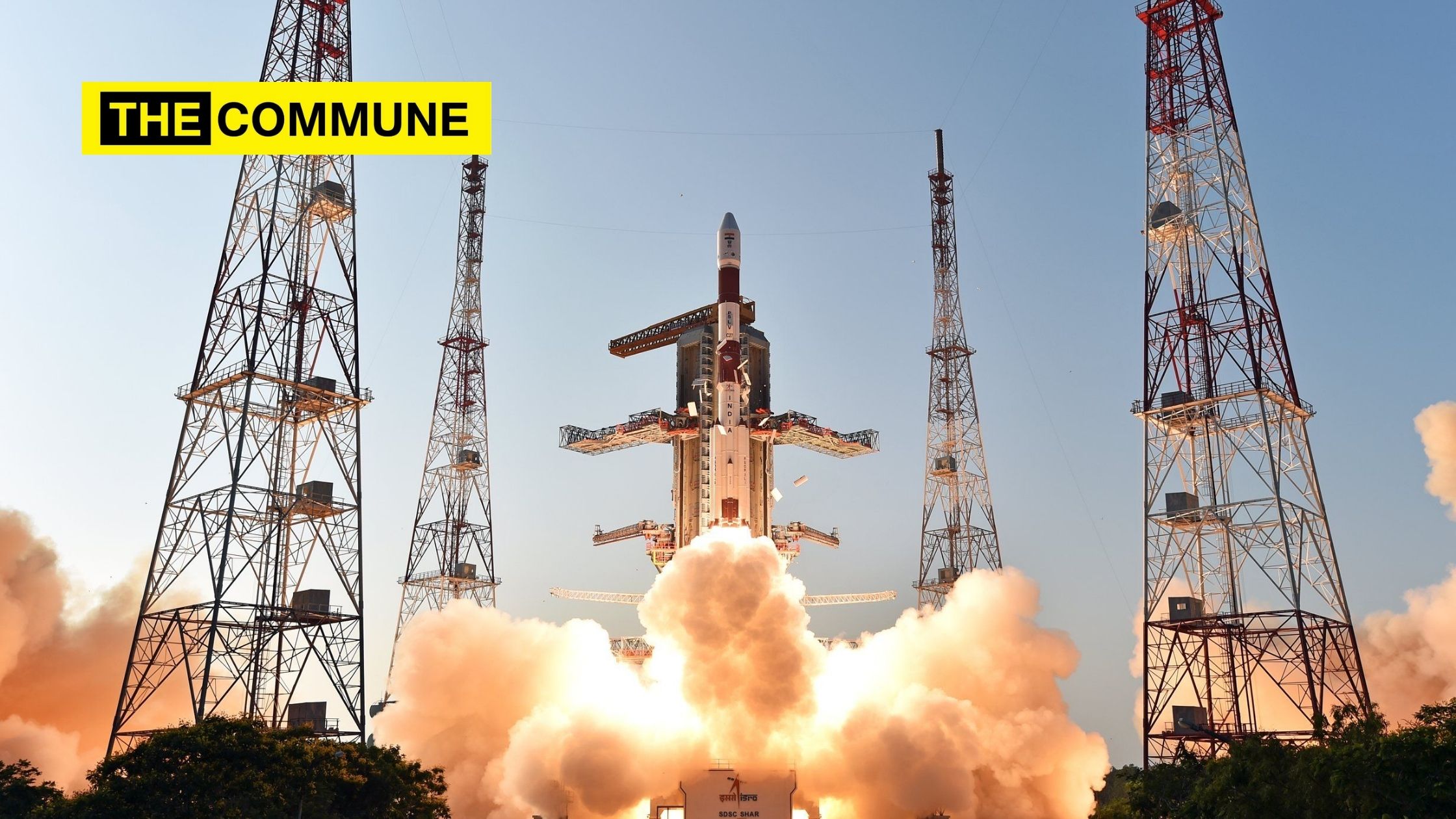
While the Chinese virus has created a pandemic, the Chinese mobile has created a pandemonium. Chinese mobile, a leading mobile service provider of china has installed data network even on the highest peak of earth, the Mount Everest. What Chinese mobile has achieved is enviable inspite of the impact on ecology and strategic interests of India.
China after constructing fast rails, broad highways and big cities for the last couple of decades has been concentrating heavily on digital infrastructure. This vision and execution of China on digital sphere has put itself ahead in the digital curve as well as the global growth curve.
A dire consequence of the Chinese virus has left most part of the world motion-less. The importance of digital infrastructure has been brought to light during this period of global lock down. In fact, it is digital infrastructure which is preserving global economy from melt down.
Today most of the administrators are using video conferencing and other means of online methods to run day to day administration. This usage of digital methods has percolated into all verticals of social life. People are using video conferences, online applications, digital class rooms, virtual meetings etc for their business as well as social life.
Many socio-cultural gatherings, clubs and associations are using application such as zoom, Microsoft Tteam, to organize webinars and meetings. Many government bodies and local administrators have efficiently disbursed emergency passes and permissions on the basis of mobile and online application. We can see this usage even in tier 2 and 3 townships. This is a clear indication of a growing digital world in the near future and the new normal in a post-COVID world. This experience of easy and efficient usage of mobile and online applications can be widened in future for many public utilities.
More and more issuance of certificates and disposal of applications required for the common man useful in his daily affairs can be issued digitally. Revenue records, driving license renewal, income certificate, caste certificate and many more such sundry and day to day matters can be speedily and easily sorted out through mobile and online apps. Definitely the private enterprises will adopt digital modes for their businesses. By now, they would have realized the cost efficiency of virtual meetings, video conferences, working from home and other benefits of running their business digitally.
But now it is time for us as a country and as a community to think, act and adopt digital means and methods for our growth and wellbeing. It is evidently clear that digital methods reduce pollution of air, water and soil. It also reduces the cost and burden on physical infrastructure especially of cities and urban areas. It gives impetus for decentralized growth of the country. De-centralization of growth shall lead to lesser income disparity among people and reduce social tensions. It will also help in solving anxiety and health issues prompted by irregular mobility and traffic jams.
We can list out many more advantages that may benefit every category of individual. Hence undoubtedly moving towards digital world is not only economically beneficial but also ecologically and socially desirable. It is not an option but a compulsion of time.
Therefore, we need to build a strong and secure digital infrastructure. Today India doesn’t have its own safe servers except for defenses and government purpose. As citizens we need to depend on the servers in America or China to store our data.
The multinational companies like Amazon and Google are leading server storage providers. However there is not such an Indian entity of their size located within India providing a safe space to house Indian data.
Though we are one of the largest data consumers and our per capita usage of data is increasing to a quantum jump, thanks to lowest data cost post 2014, we still lack in fast and safe digital cable systems.
Our digital operations are highly dependent on mobile towers and satellite systems. We need to build a strong, safe and capable digital cable network across the country.
National Infrastructure Pipeline Task force has submitted its final report on 29th April 2020 to Hon’ble Finance Minister. The total outlay is a massive 110 lakh crore rupees, this is almost half of India’s net GDP. This outlay is for the period 2022-24. In this report amount earmarked for energy sector, road infrastructure, urban infrastructure, and railways is 27 lakh crores, 20 lakh crores, 18 lakh crores and 13 lakh crores respectively. The aggregate of above 4 sectors is above 70% of total outlay with the rest of it is distributed among social sector, health, education etc. If a small amount of this is earmarked for digital infrastructure it will definitely bring down the burden on road, railways, urban and energy sectors.
Post the Facebook-Jio deal, the present market valuation of Jio is 4 lakh crores. The capital expenditure of Jio on its digital infrastructure development including data cable, 4G & 5G network development is much less than this. Jio already has around 40 crore subscribers. Hence the cost and time for digital infrastructure development is much less than that of physical infrastructure. A planned and reasonable investment on digital infrastructure will reduce the burden of enormous investment on physical infrastructure. Foreign institutional investors and banks are also more interested in investing in quickly rewarding digital infrastructure than in physical infrastructure which has a very long tenure of investment realization.
These above stated digital infrastructures along with other similar steps are essential to keep ourselves ahead in the digital race. The 19th century was the age of industry, 20th century was the age of physical infrastructure and 21st century will be the age of digital infrastructure and A.I.




